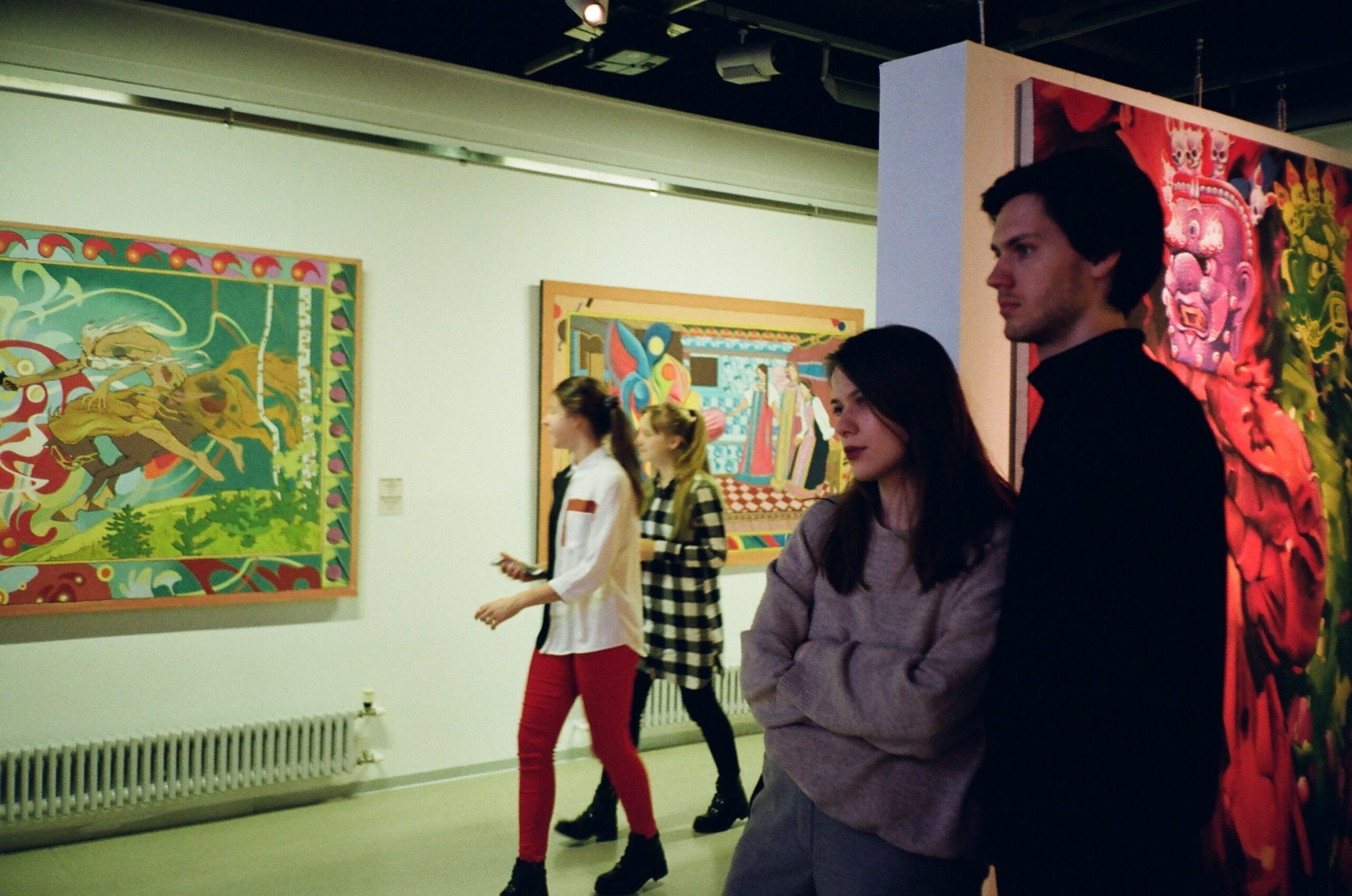It is important museums maintain the staffing needed to remain open and provide numerous societal benefits. These benefits include education, enlightenment, and increasing the quality of life for their visitors. These staffing shortages have caused some museums to reduce the hours of operation and even close specific galleries to the public.
Technology can be used to offset the shortages of security officers caused by current job-market conditions. The benefits of leveraging technology include lower ongoing costs, enhanced protection of the collection, improved visitor experience, and advancement of diversity, equity, accessibility, and inclusion (DEAI) initiatives.
Having survived the initial impact of COVID-19 closures, museums are now navigating many sustained challenges relating to this global pandemic. Nearly all museums were closed to the public for a significant time in 2020 and 2021, impacting visitor revenue and event funding sources. While 2022 has brought recovery, significant and continued damage to museum operations remains.
Approximately 40% of museums had a significant decrease in the size of their staff due to the pandemic. Now, as plans to rehire staff continue, over 50% report having trouble filling open positions. This is especially problematic as it relates to museum security. The lack of trained security personnel has forced museums to adjust the hours of operations and close galleries to the public. To mitigate this impact, many museums have increased wages and benefits packages to attract security personnel. These additional costs add more financial stress to museums.
In addition, during the pandemic, museums, like other employers, learned that remote work is possible and, for many employees, a preferable option. Unfortunately, guarding galleries requires local security officers, but many have taken jobs where remote work is available.
Technology is available to assist with filling this personnel gap, and many museums are looking for solutions to extend their security staff and do more with less.
National Context
A national study by the American Alliance of Museums produced some alarming data.
Millions of people in the United States have decided to leave their jobs voluntarily. Journalists have dubbed this exodus from paid work the “Great Resignation,” Many of these people have made lifestyle changes while looking for better working conditions, i.e., remote work and less stress. Many of the positions museums find hardest to fill typically offer relatively low pay for high-stress work requiring direct interaction with the public. Security personnel often fall into this category.
The net effect of this exodus is that museums are having trouble finding the security personnel needed to keep galleries open and fully protect their collections.
Solution Implemented
The disruption caused by the pandemic resulted in museums having an unprecedented number of positions to fill. This presents an opportunity to reimagine certain functions to create staffing efficiencies and help advance their DEAI goals.
For example, in 2022, a leading American Art Museum* embarked on a groundbreaking hybrid security model project. They leveraged technology to create a new paradigm for asset protection while also enhancing the visitor’s experience and advancing their DEAI initiatives. With iPad tablets in hand security officers now have complete visibility of all gallery cameras assigned to them. This visibility of all cameras in the galleries on their posts allows each officer to protect more galleries effectively.
The security officers have been renamed visitor engagement representatives (VER). The VERs can now engage visitors in thoughtful conversations while also being available to enforce gallery policies and help answer visitor questions. Extremely positive feedback from visitors came from this change. People enjoy both the exhibitions and speaking with the museum’s representatives.

By combining technology and properly trained personnel, this museum seems to have found a synergy by creating a welcoming and inclusive environment and improving the visitor experience, all while actively protecting the collection and improving response times to alarms and emergencies. All of this is accomplished with fewer officers.
Innovative thinking and strategy were critical components if the museum was going to move towards its goal of ensuring the most inclusive and equitable environment for all visitors without sacrificing the protection of the collection. By augmenting the long-standing museum security model and complementing the highly trained security officers, the Art Sentry object protection system was deployed to provide immediate notification to the security staff if someone was to get too close to an object on display.
The Art Sentry system uses advanced protective software barriers to invisibly surround each object via surveillance cameras. When these barriers are breached, the security forces are instantly notified to intervene if necessary. Audible alerts in the galleries were selectively deployed as a first step in notifying a visitor that they were getting a bit too close to the artwork.
Personnel cost savings have been achieved, and the Museum was also able to satisfy specific line-of-site lending requirements without adding more security personnel. In addition, the former security officers, now renamed visitor engagement representatives, can be paid a higher wage as they perform additional duties. This provides a better work experience for this position and assists with employee retention.
In Summary, this project saw dramatic improvements in four key areas:
- Improvement in visitor satisfaction scores, equity, and the creation of a more inclusive environment.
- Improved collection security, including a dramatic improvement in response time to security-related proximity alarms and emergencies.
- Cost savings by security forces having complete visibility to all galleries, covering more galleries effectively, and satisfying specific line-of-site lending requirements without adding more personnel.
- Improved employee morale and increased retention rates of security officers due to the creation of the visitor engagement representative position with increased responsibilities.
Museums play a critical role in maintaining and even enhancing the positive well-being of individuals, which can lead to a higher level of happiness and quality of life. Groups of healthier and happier individuals provide multiple benefits to society. It is, therefore, important museums maintain the staffing needed to remain open and provide these benefits.
Let’s talk about the best ways to protect your artwork. Contact us or schedule a demo today.
*Due to the sensitive nature of museum security, actual customer names are not published in this article




